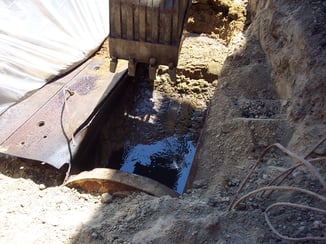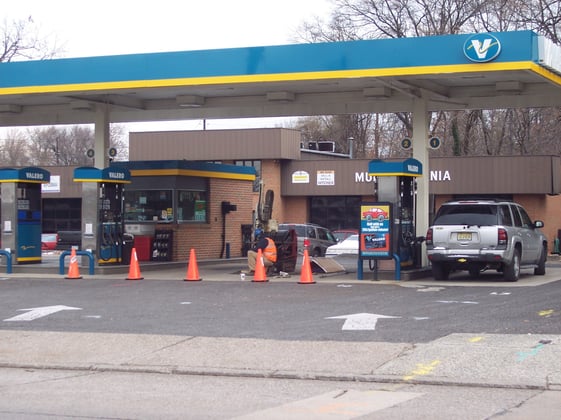On December 8, 2019 the NJDEP presented a link to a document presenting the NJDEP’s position on the use of rounding analytical data in order to achieve compliance with regulatory cleanup criteria. This rounding practice has been primarily used with respect to groundwater data. Under the “What’s New!” column on the right hand side of the page, fourth item down titled Notice Concerning the Use of Rounding of Analytical Data as a Method to Determine Compliance with Remediation Standards. The message can be found here.
As stated, the NJDEP “does not have an official policy regarding rounding as a method of compliance” and that “current laws and rules regarding remediation do not address rounding as a method of compliance”. The NJDEP has also indicated that “rounding of analytical data may not be used as a compliance option”.
According to the Site Remediation Reform Act, N.J.S.A. 58:10C-1 et seq, which is law, states as follows;
58:10C-14. Certification of documents by site remediation professional
The licensed site remediation professional shall employ the following remediation requirements in providing professional services for the remediation of contaminated sites:(3) The licensed site remediation professional shall apply any available and appropriate technical guidelines concerning site remediation as issued by the department. The department shall provide interested parties the opportunity to participate in the development and review of technical guidelines issued for the remediation of contaminated sites.
(4) When there is no specific requirement provided by the technical standards for site remediation adopted by the department, and guidelines issued by the department are not appropriate or necessary, in the professional judgment of the licensed site remediation professional, to meet the remediation requirements listed in paragraph (1) of this subsection, the licensed site remediation professional may use the following additional guidelines to make decisions regarding a remediation, and shall set forth justification for such use, in the relevant submittal:
(a) relevant guidance from the federal Environmental Protection Agency or other states; and
(b) other relevant, applicable, and appropriate methods and practices that ensure the protection of the public health and safety, and of the environment.
As shown above section 58:10C-14c(4) indicates that in the absence of official regulations and/or guidance by the NJDEP, the LSRP may rely upon other credible guidance in order to make decisions regarding their oversight of a remedial site.
More information on the USEPA document titled Procedures for Rounding-Off Analytical Data to Determine Compliance with Maximum Contaminant Levels Present in NIPDWR, April 6, 1981 can be found here.
The document refers that all Maximum Contaminant Levels (MCL) contained in the National Interim Primary Drinking Water Regulations are expressed in the number of significant digits permitted by the precision and accuracy of the specified analytical procedure(s). Data reported to the State or EPA should be in a form containing the same number of significant digits as the MCL. In calculating data for compliance purposes, it is necessary to round-off by dropping the digits that are not significant. The last significant digit should be increased by one unit if the digit dropped is 5, 6, 7, 8 or 9. If the digit is 0, 1, 2, 3, or 4, do not alter the preceding number.
For example, if the monthly mean for coliform bacteria is 1.4999, the reported result should be 1 (one). A result of 3.50 should be rounded to 4 (four).
Chemical and radiological data may be treated in like manner. Analytical results for mercury of 0.0016 would round off to 0.002 while 5.4 pCi/l of combined radium-226 and radium-228 would round down to 5 pCi/l.
Another document is from the Nevada Division of Environmental Protection titled Guidance for the Use of Significant Figures and Rounding Conventions in Water Quality Permitting which states;
In reporting results and in calculating permit limits or mass loads, it is necessary to round the results to the correct number of significant figures. There are different rounding conventions in use, and BWPC has adopted a hybrid approach in which the rounding convention used for a number ending in 5 depends on the context. In reporting measured values, 5 is rounded to the nearest even number. For calculated values, 5 is rounded up.
Both referenced documents present the same procedures for the rounding of analytical data. The use of these documents by the LSRP to manage a remedial site is supported by SRRA. The decision to continue to use and potentially go against the December 2019 NJDEP e-mail message is a decision that needs to be made by the Person Responsible for Conducting Remediation (PRCR) and the project LSRP.
You really need a firm with experience and understanding of environmental regulations to help you navigate New Jersey’s environmental regulations. Curren has over 20 years’ experience. We provide an initial consultation with parties requiring LSRP services in New Jersey.







